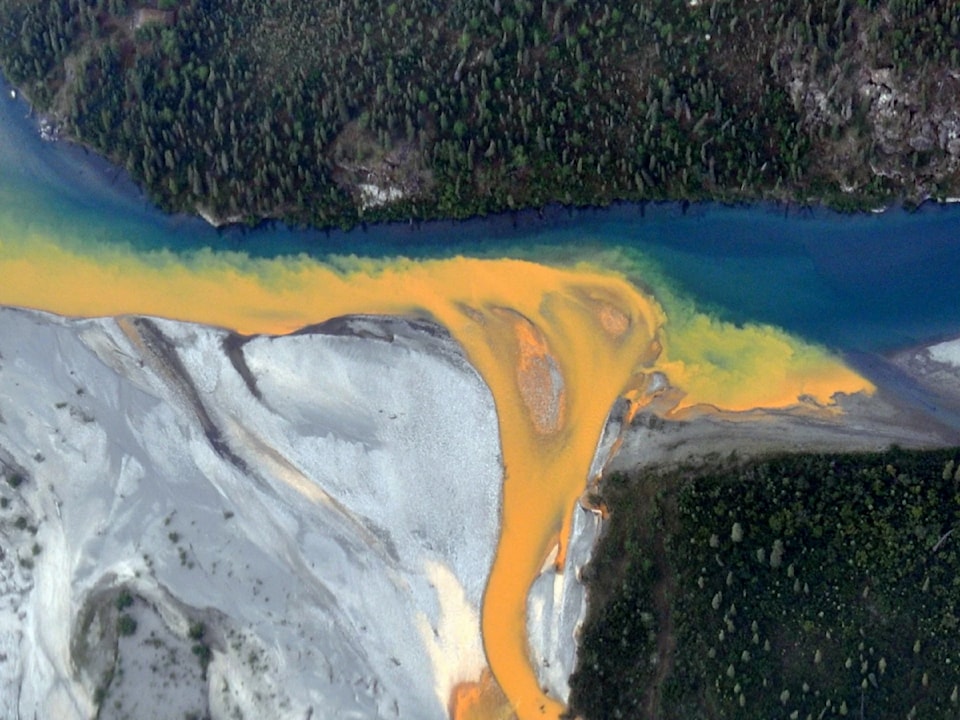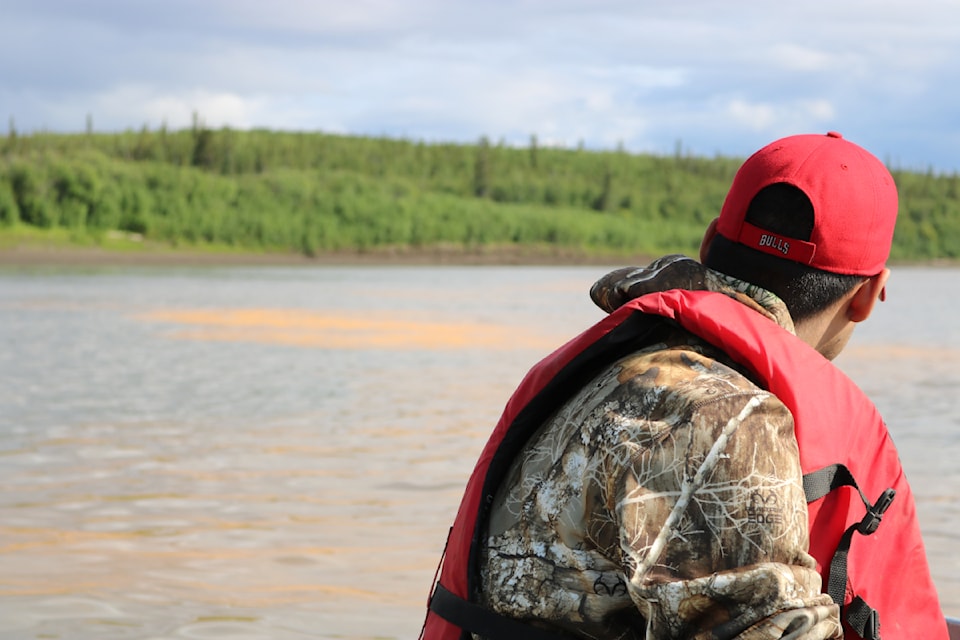If you are on the Mackenzie River this summer and see a strange orange slime on the surface of the water, both the Aklaivk Hunters and Trappers Committee (HTC) and the Department of Environment and Natural Resources (ENR) ask you to please take a sample.
"The Aklavik HTC is working closely with ENR Yellowknife to collect water samples from here in Aklavik during the 2024 boating season," reads a public notice published by the Aklavik Hunters and Trappers Committe on June 13. "We are asking if anyone notices the orange slime on the river — please contact orange slime monitor Patrick Gordon, or call your local HTC office at 867-978-2723 and we will pass on the information.
"In previous years 2017 and 2020, local residents have noticed the orange slime floating in the water. ENR would like to learn more about this orange slime. ENR says this orange substance is non-toxic — it could be iron or it could be due to slumping," according to the government department. "But it is due to climate change. ENR needs these water samples to determine what this orange slime is!"
A study published in the Nature journal Communications: Earth and Environment in May finds waters in remote sections of Alaska are turning a similar colour — in large enough volumes that it can be viewed from space. Approximately 75 bodies of water with traces of orange slime have been identified so far along Alaska's northern Brooks Range.
“These have to be stained a lot to pick them up from space,” said University of California Davis assistant professor of environmental toxicology Brett Poulin, who was a principal investigator in the research.
The water samples found in Alaska have had a wide variety of pH values — as low as 2.3 — normally the water in the area has a pH of 8. Samples of the Alaskan orange slime have revealed high levels of iron, zinc, nickel, copper and cadmium. While the orange slime resembles tailings from mines, the researchers note there hasn't been any mining done in the area. The current hypothesis is it's seeping out of permafrost as climate change worsens.
"The more we flew around, we started noticing more and more orange rivers and streams,” said the study's lead author Jon O’Donnell, an ecologist for the National Park Service’s Arctic Inventory and Monitoring Network. “There are certain sites that look almost like a milky orange juice. Those orange streams can be problematic both in terms of being toxic but might also prevent migration of fish to spawning areas.
“The issue is slowly propagating from small headwaters into bigger rivers over time,” he said. “When emergent issues or threats come about, we need to be able to understand them.
“As the climate continues to warm, we would expect permafrost to continue to thaw and so wherever there are these types of minerals, there’s potential for streams to be turning orange and becoming degraded in terms of water quality.”

